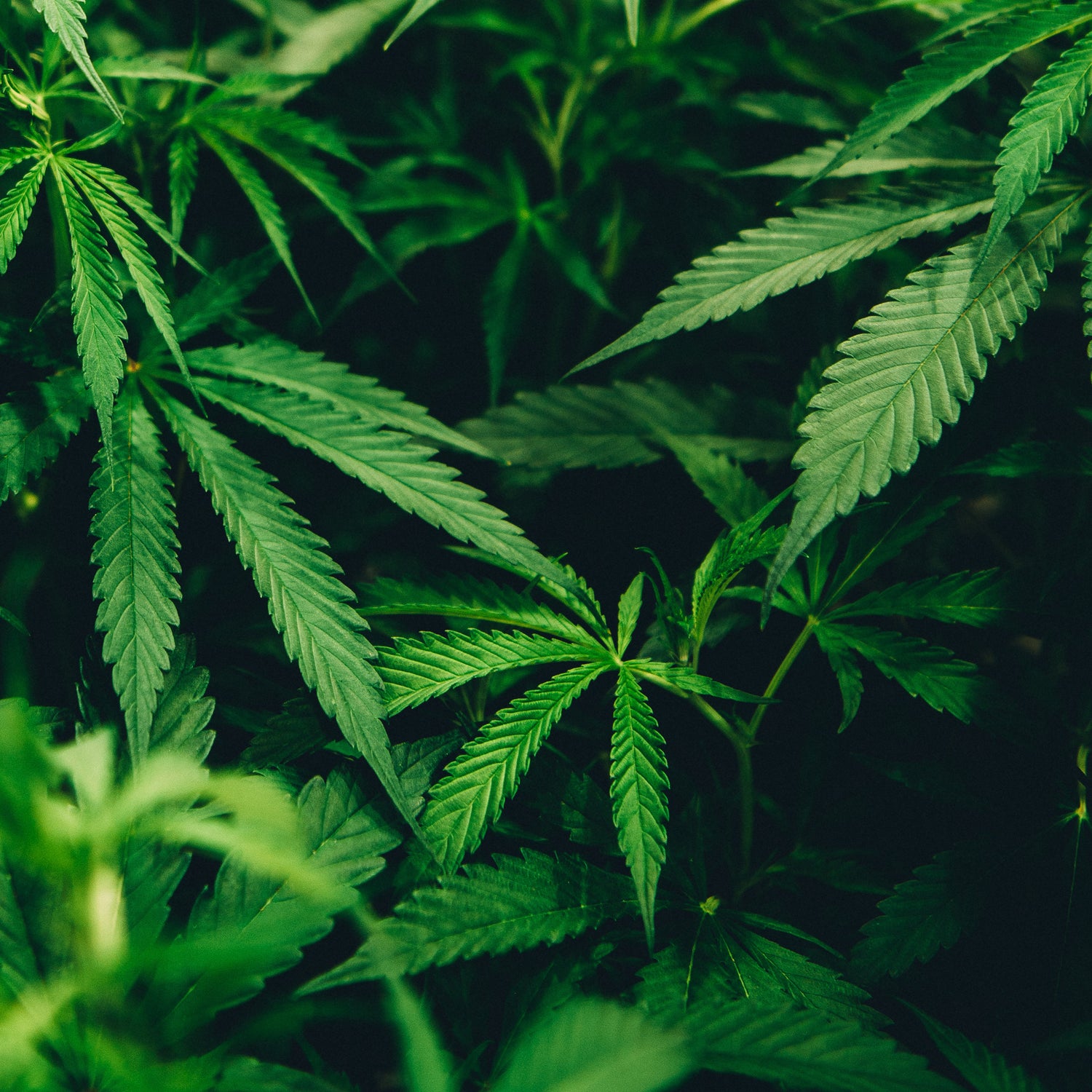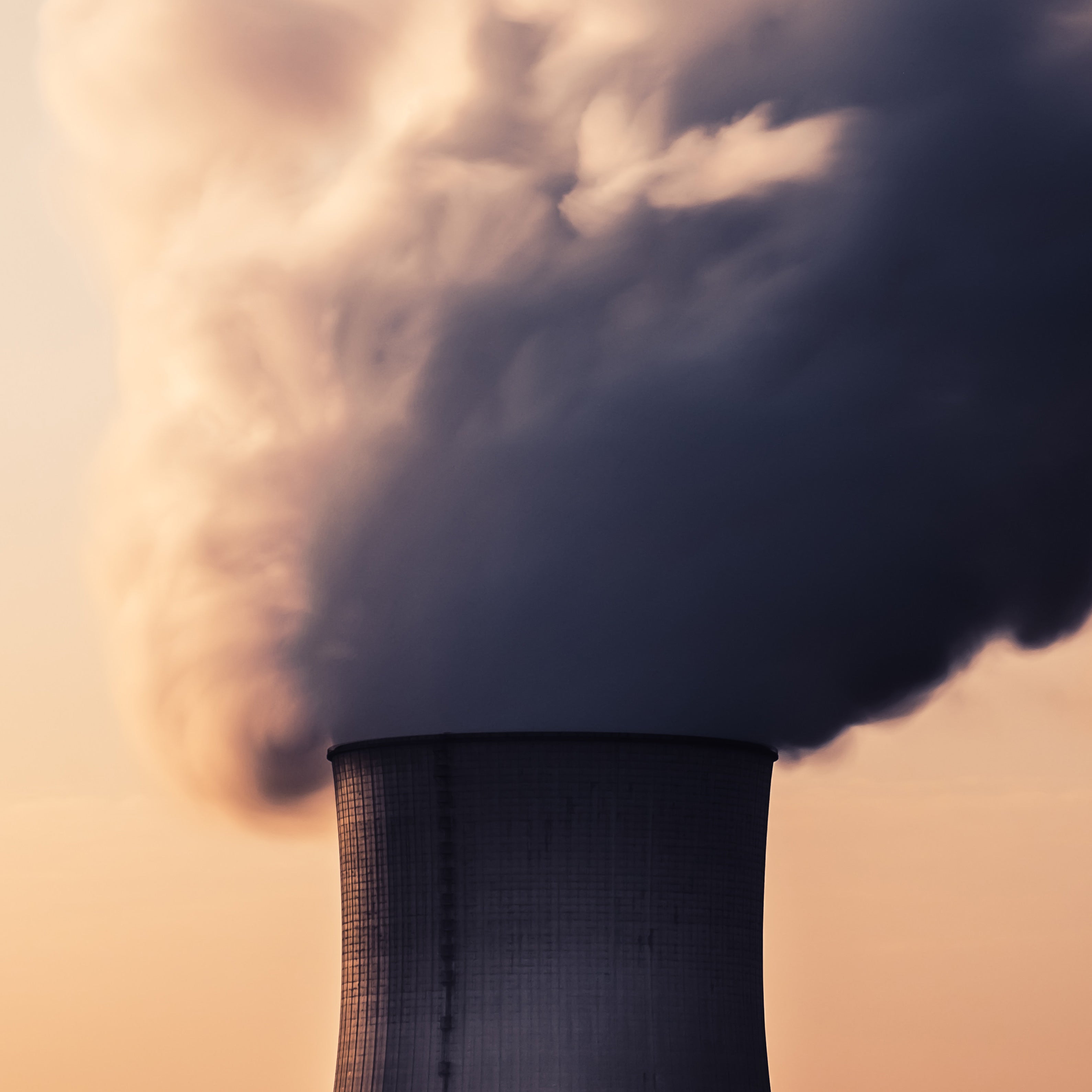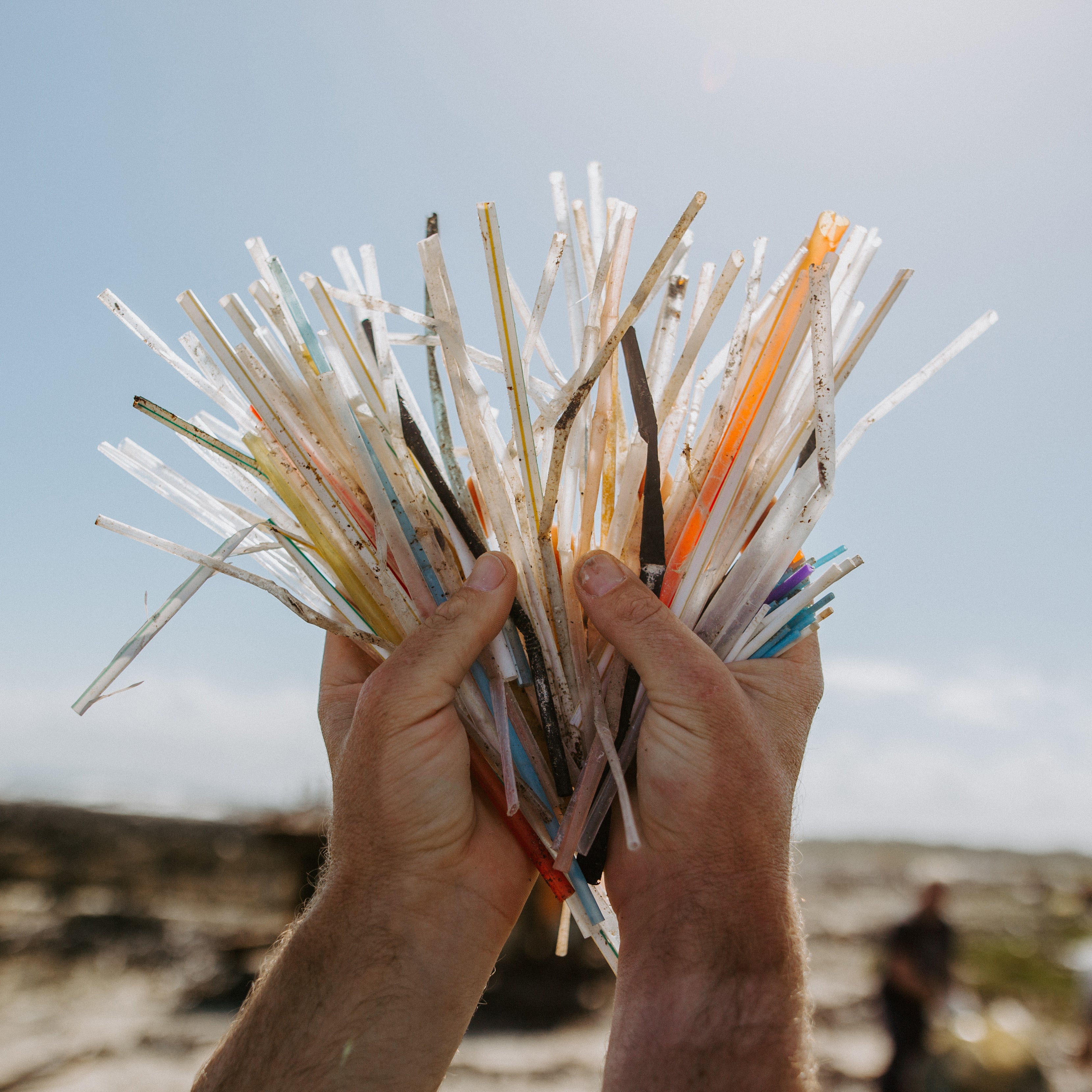Not so long ago it was widely accepted that cannabis was a dangerous drug that would, at the very least, leads to criminal behaviour and decapitation of family members. Today, many argue that it can cure almost any problem - emotional, physical, even spiritual - and suddenly your Aunt Petunia is taking CBD oil and listening to Joe Rogan’s podcast. Amidst the changing tides of public perception, hemp as a farmable fabric has not received the same attention as its psychoactive relative. Many are becoming aware that hemp is a miracle plant in its own right but few know why. In this blog post, we aim to look past the smoke screen created by marijuana and explore why hemp is good for you, and good for the environment.

Photo Cred: Matteo Paganelli / Unsplash
Hemp is a type of ‘bast fibre’ which means it is one of a number of natural fibres derived from the stems of plants; other bast fibres include flax, jute and stinging nettle. Hemp has been cultivated for thousands of years on almost every continent. It has been used in cloth, ropes, sails, and even to make the paper that the draft of the United States Declaration of Independence was written on. It was grown widely into the 1950s when, unfortunately, anti-drug sentiment in the USA spread throughout the world and hemp, the ‘sober cousin’, found itself tied to the sinking ship of the whole cannabis family. Today, hemp is making a resurgence and is being used for anything from carbon neutral building supplies, known as ‘hempcrete’, to ‘superfoods’ in the form of hemp seed butters, energy bars, and oils.
Hemp as a crop is a farmer’s, and the environment’s, dream. Aptly nicknamed ‘weed’, it grows in a variety of climates and soil types, has an impressively fast growth rate, and it is able to grow in close quarters to its neighbours. The result is higher yields for lower land use. Over and above this, it returns 60 – 70% of the nutrients it takes from the soil thereby improving soil quality and allowing for farmers to grow food crops immediately after a hemp harvest. It is naturally one of the most resilient plants around and does not require pesticides, herbicides, fungicides, and is low on water consumption. Hemp actually absorbs CO2 while it grows and is thus carbon negative from the outset. It is comparable to a vacuum cleaner of pollutants in the environment. It was used at Chernobyl to harmlessly extract toxins from the soil and ground water through a process called ‘phyto-remediation’.

Photo Cred: Alex Wigan / Unsplash
Fortunately, even for those who don’t live in a nuclear disaster site, buying hemp fabrics is directly advantageous to people too. As discussed above, the process of growing hemp is free from any of those scary chemicals ending in ‘cide’. This means that, unlike many other fabrics, you will not be directly exposed to any of these chemicals by wearing them. Hemp material is breathable and has excellent insulation which keeps the wearer warm in the winter and cool in the summer. The material is naturally UV resistant and highly durable – many argue it actually becomes more comfortable the more it is washed.

Sealand T-Shirts are made from a blend of Organic Cotton and Hemp
Hemp might not have the psychoactive properties of its badboy cousin, but the benefits are certainly extensive enough to get environmentalists buzzing. It may have once been considered the devil’s lettuce but today we are seeing a welcome movement toward this underused resource. Switching to hemp products is quite clearly one the best decisions you can make for the environment, and for yourself.





